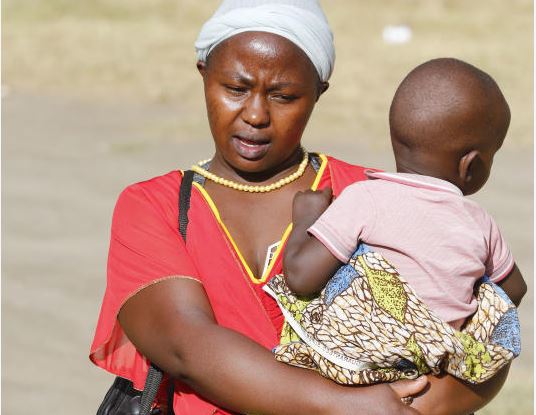×
The Standard e-Paper
Fearless, Trusted News

Inside the many high-rise flats in Pipeline Estate in Embakasi, Nairobi, live painful hearts.
With each passing day, parents struggle to come to terms with the fact that their children are at risk of disappearing.